Helpful Plumbing Maintenance Tips for Homeowners
Enjoy reading the latest DIY articles and saving money?
Receive our latest helpful hints, tricks and savings, directly to your inbox.
Posted May 25, 2021
Plumbing repairs average $175 to $450, but major plumbing issues can cost a lot more. Taking care of your plumbing can prevent common issues, such as leaks and clogged drains, that require you to call a plumber. Most of the plumbing maintenance tasks are simple enough for anyone to handle on their own.
Doing regular plumbing maintenance can keep you from needing to do a quick “plumbers near me” search for an emergency plumber. When it gets to the point of needing emergency repairs, you’re likely looking at water damage and a lot higher price tag on your repair bill. Preventing issues and catching them early is key.
Keep reading to learn about the plumbing maintenance tasks you should be doing.
Look for Water Leaks
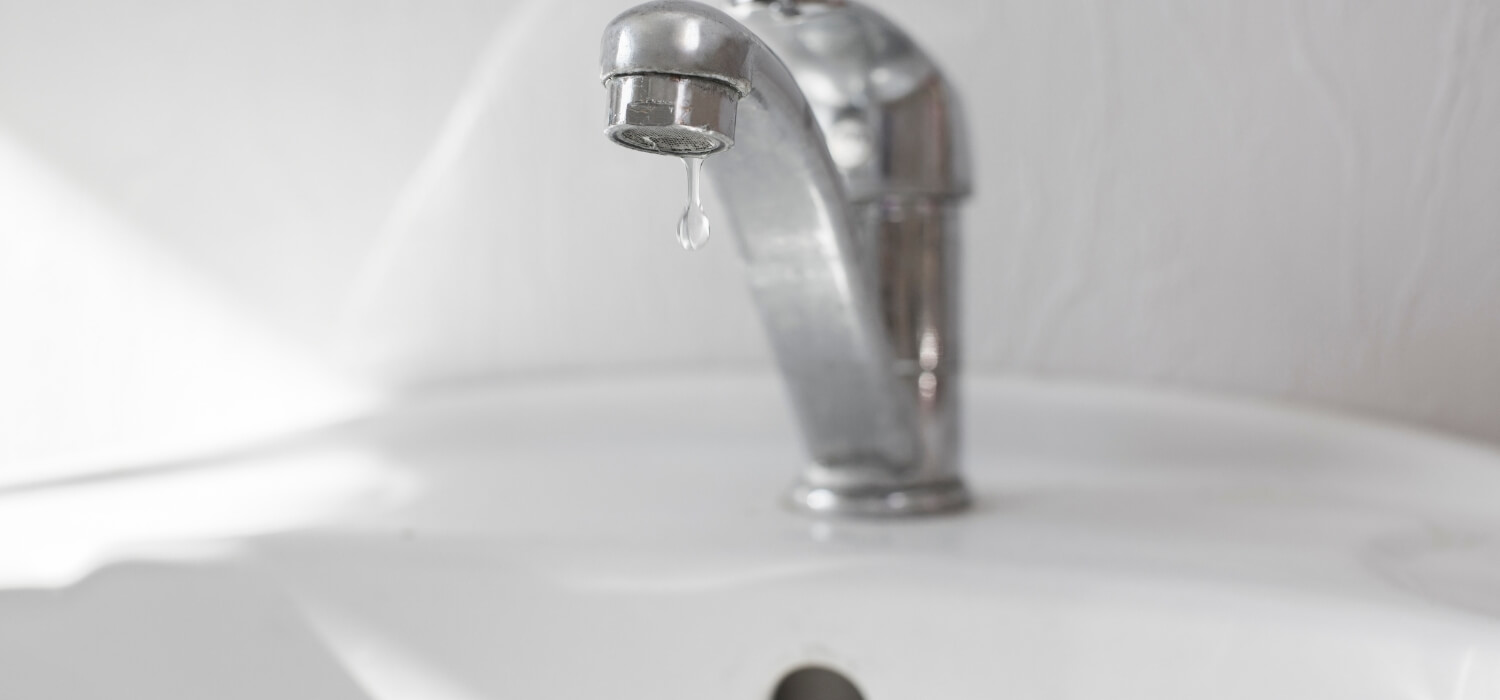
Leaks account for almost 1 trillion gallons of wasted water each year in the United States. On average, a household with leaks can waste almost 10,000 gallons of water. Finding and fixing those leaks protects natural resources and can save you on your water bills.
One way to see if your home has a leak somewhere is to stop using water for one to two hours. Look at your water meter before and after that period. Changes in the meter mean that water is still running somewhere, which likely means you have a leak.
You can inspect any visible plumbing components for leaks at any time. Check faucets and any exposed pipes, such as those under sinks and in unfinished areas, such as basements and crawl spaces. Look for signs of water below the pipes, such as puddles or mold.
In finished areas, leaks often aren’t easy to spot until you notice water stains on walls or ceilings. You might also see or smell mold or mildew from the excess moisture.
Leaks often happen where pipes connect, so look at those areas especially close. Faucets often leak when the washers and gaskets inside wear out. If you discover a leak, call a plumber to have the problem fixed properly if it’s not something minor that you can handle yourself.
Don’t forget to look for leaks in and around your appliances that use water, including dishwashers, washing machines, and refrigerators with built-in icemakers and water dispensers. It could be a simple connection issue or a leaking hose that needs to be replaced. Hoses eventually deteriorate and can develop cracks.
While you’re looking for leaks, check out the condition of the pipes and hoses in your home. Components can corrode or crack over time. Even if they’re not leaking yet, they could be close to leaking if they show signs of deterioration.
Check for Toilet Leaks
Toilets are often the cause of leaks in homes. An easy way to check for toilet leaks is to put a few drops of food coloring in your toilet tank. Give it an hour or two.
Check the bowl of the toilet to see if the food coloring has made its way into the water there. If so, you have a leak. An easy way to fix this is by replacing the flush seal that you can buy at any home improvement store.
Check Shut-Off Valves
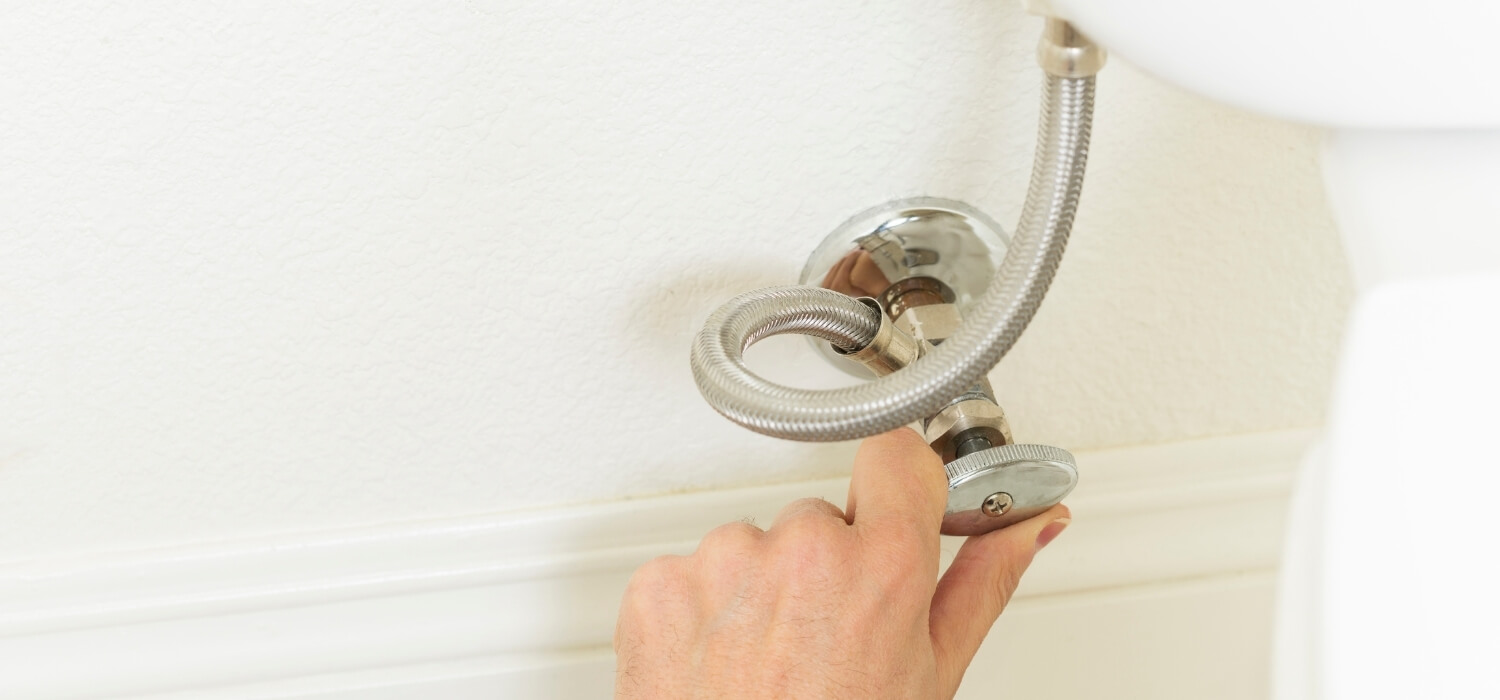
All home plumbing systems have shut-off valves to kill the water supply. These shut-off valves are crucial if you have a plumbing emergency or major leak. You can turn off the water supply before your entire home becomes flooded.
Your home has a main shut-off valve, often where the water supply comes into your home. You can use it to shut off all of the water to the home.
Individual plumbing fixtures, such as toilets and sinks, also usually have their own shut-off valves. This lets you cut the water to just that fixture if you need to do maintenance on it or the leak is confined to that area.
As part of your yearly plumbing maintenance, look for all of the shut-off valves in your home so you know where they’re located in case of a plumbing emergency. Test each of the valves to ensure they turn easily and work properly. If they don’t turn, don’t work, or leak when you turn them, call a plumber to have the parts repaired or replaced.
Test the Water Pressure
If you have a sudden drop in water pressure, you likely notice it right away. This can be due to large demand from other faucets, or it could be due to a plumbing issue. Most homes have a pressure regulating valve that can fail over time or can have debris inside of it. This valve regulates water pressure coming from the street pipes and reduces the water pressure to a safe level for your home.
However, the water pressure can slowly decrease over time, due to things such as corroded or clogged pipes and buildup in your faucet heads. If you notice lower pressure in just one faucet, look for clogs in those specific areas. If you can’t find the cause of the lower water pressure, have a plumber inspect the system for you.
Inspect Your Water Heater
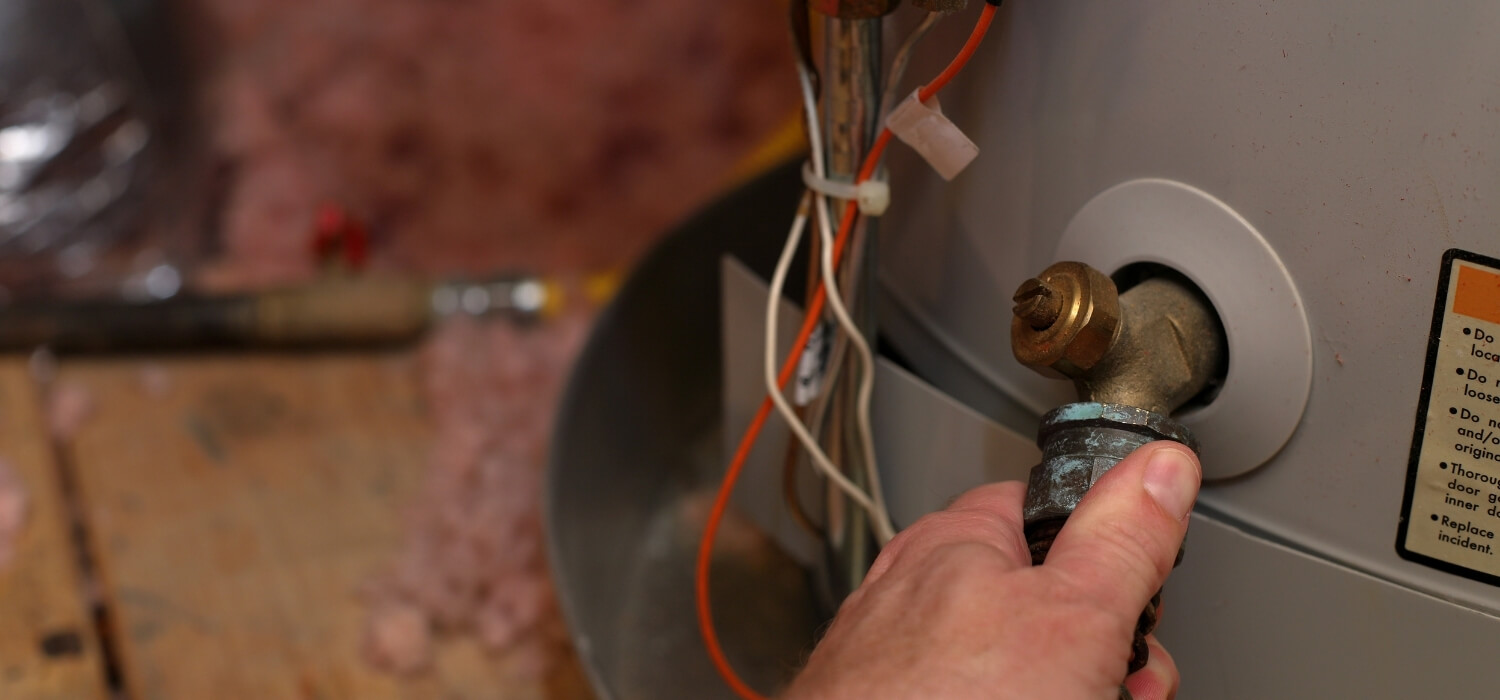
A major plumbing fixture that you want to keep running is your water heater. While you might not feel comfortable messing around with the water heater too much, you can look for signs that it’s getting older or has an issue that needs to be repaired.
Start by looking at the floor around the water heater to check for puddles and leaks. Check the pipes and the unit for additional leaking or moisture. Rusting and strange noises, such as rattling or banging, coming from the unit can also be a sign of an issue.
If you have a traditional tank water heater, draining it once per year can help remove sediments. The sediments force the water heater to work harder, which raises your energy bills and can shorten the life of your water heater. If you don’t feel comfortable draining the water heater yourself, schedule a yearly plumbing maintenance visit with your plumber to handle the task and look for other issues.
Insulate Plumbing Components
Insulation on exposed parts of your plumbing system can help protect them and allow them to work more efficiently. Insulating your exposed pipes, especially those in cold areas or near exterior walls, can prevent the water from freezing. Insulation on your hot water pipes helps keep the water heated by preventing heat loss, which can lower your utility bills.
Foam pipe wrap or pipe sleeves fit perfectly around the pipes for easy installation. The sleeves have a slit along one side to slip over the pipes easily. Use duct tape to secure the sleeves.
Insulating your water heater can increase its energy efficiency. If your water heater tank feels warm to the touch, insulation can reduce standby heat loss by 25 to 45%. Water heater insulating blankets easily wrap around the tank for quick insulation.
Limit What You Put Down Drains
When it comes to drains, the only things you should let go down them are water and soap. Even soaps can cause the drains to get clogged over time and regular cleaning.
Sometimes debris can slip past you and down the drain. Hair is often a cause of clogs in shower drains. Putting a drain cover in your shower can stop hair and other items from falling down the drain.
Never flush anything extra down the toilet other than toilet paper. Feminine hygiene products, paper towels, cotton balls, and any other debris items can back up the plumbing and cause overflowing toilets. A clogged toilet can require a visit from an emergency plumber to get things flowing again.
Use Your Garbage Disposal Properly
Garbage disposals make life a lot easier, but they can quickly become a plumbing headache if you don’t use them properly. Not all food is safe to put down the garbage disposal. Many food items can damage the garbage disposal or cause it to back up.
Avoid certain foods in the garbage disposal, including:
- Grease and fat that can congeal
- Pasta, bread, rice, and similar starchy items that expand when wet
- Coffee grounds
- Bones, shells, and other hard objects
- Nuts, seeds, and pits
- Tough meat
- Food with membranes, such as onion layers and eggshells
- Potato peels
- Stringy and fibrous items
- Non-food items
If you’re unsure about whether or not an item can go in the garbage disposal, throw it in the trash instead to be on the safe side. At the least, many items dull the blades, which makes your garbage disposal ineffective. At worst, you can completely destroy the appliance or clog it, making the sink unusable until you get an emergency plumber to fix the problem.
Clean Your Shower Head
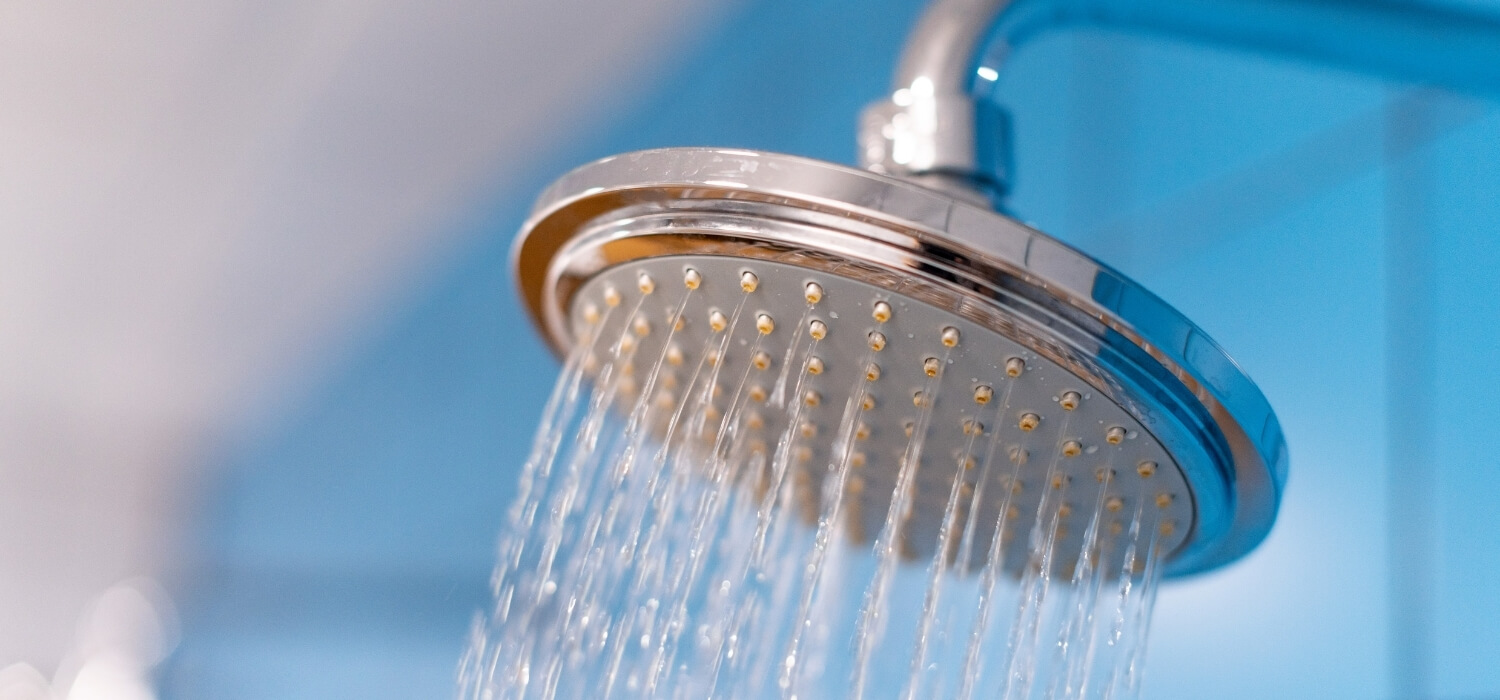
Showerheads can get clogged with minerals from water, especially if your area has hard water. The blocked holes in the showerhead reduce pressure and can be hard on the plumbing system.
Carefully remove the showerhead and place it in a container of vinegar to soak. You can also fill a bag with vinegar and secure it tightly around the showerhead without removing it, ensuring all of the holes are submerged. Let the showerhead soak for several hours or overnight.
When you remove the bag, turn on the shower and run hot water through the showerhead. This can help push out any remaining mineral deposits.
Prevent Frozen Pipes
When outdoor temperatures dip below freezing, your pipes can freeze and rupture, causing major damage. Outdoor faucets can cause a problem, so remove your garden hoses before winter temps hit. If your outdoor faucet has a shut-off valve, use it in the winter, or use a faucet cover to keep colder air out of the pipes.
Interior plumbing can also freeze if cold air reaches the pipes. This can happen if your furnace quits or you shut it off while you’re out of town. If you’re going to be gone for an extended time during the winter, turn down your thermostat, but don’t shut off the furnace completely.
Pipes that run along exterior walls, especially if the walls aren’t insulated well, or in unheated areas can also freeze even if your furnace is running fine. You can leave sink cabinets open to let warm air in and let your faucets run a small amount of water when there’s a risk of the pipes freezing.
Sealing gaps in your home’s exterior can help keep the air indoors warmer. Look for drafts and colder spots to indicate a potential gap. Adding insulation to the walls can also prevent freezing temperatures around your pipes.
Clean Your Drains
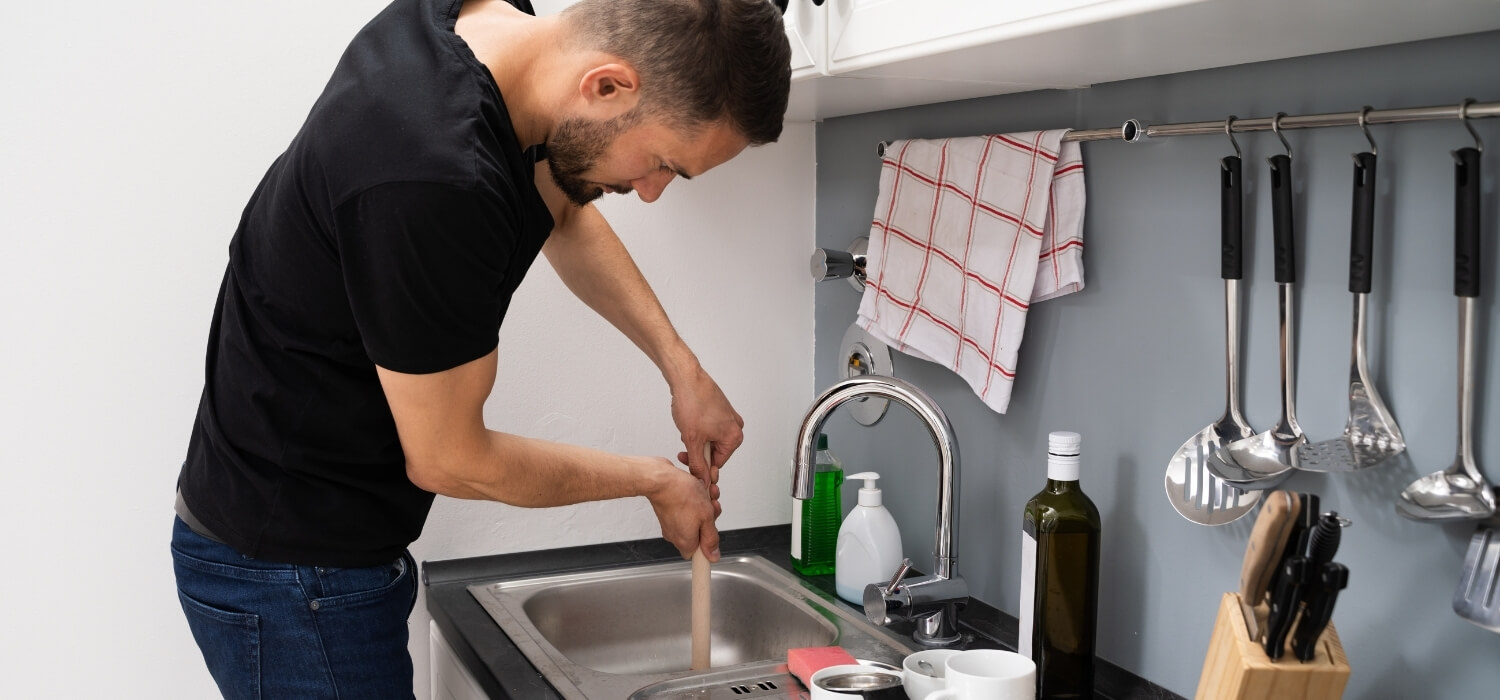
Even when you’re careful, drains can get backed up due to shampoo, soap scum, grease, and other items that make their way down into the pipes. Cleaning the drains before they become completely blocked can prevent more serious problems.
Chemical drain cleaners and clog removers are often best avoided since they’re made with toxic chemicals that can cause serious damage to your plumbing. Drain cleaner poisoning can also cause personal injury, whether it’s swallowed, inhaled, or comes into contact with skin and eyes. Fumes can often cause issues, especially if you combine the drain cleaner with other chemicals.
If your drains are already clogged, try a plunger to loosen the gunk that’s blocking the pipes. You can also use a drain snake to clear out some minor clogs.
Baking soda and vinegar can help clean out your pipes and drains regularly. Pour baking soda into the drain and follow up with vinegar to create the chemical reaction. Pour more vinegar in the drain until all of the baking soda is dissolved and the reaction stops.
If your gentle plumbing maintenance cleaning methods don’t help your water flow better, call a plumber. Professionals have the tools to clear your drains safely without damaging your plumbing system or causing personal injury or dangerous fumes.
Call for Service Immediately
Any time you notice a plumbing issue, it’s a good idea to have a plumber check it out. Even though they might not seem like a big deal, things such as low water pressure, strange noises, or toilet flushing issues can signal a bigger problem behind the scenes. It’s always better to have a plumber check out the issues to identify and fix the cause before it becomes an even larger and more expensive problem.
Handle Regular Plumbing Maintenance
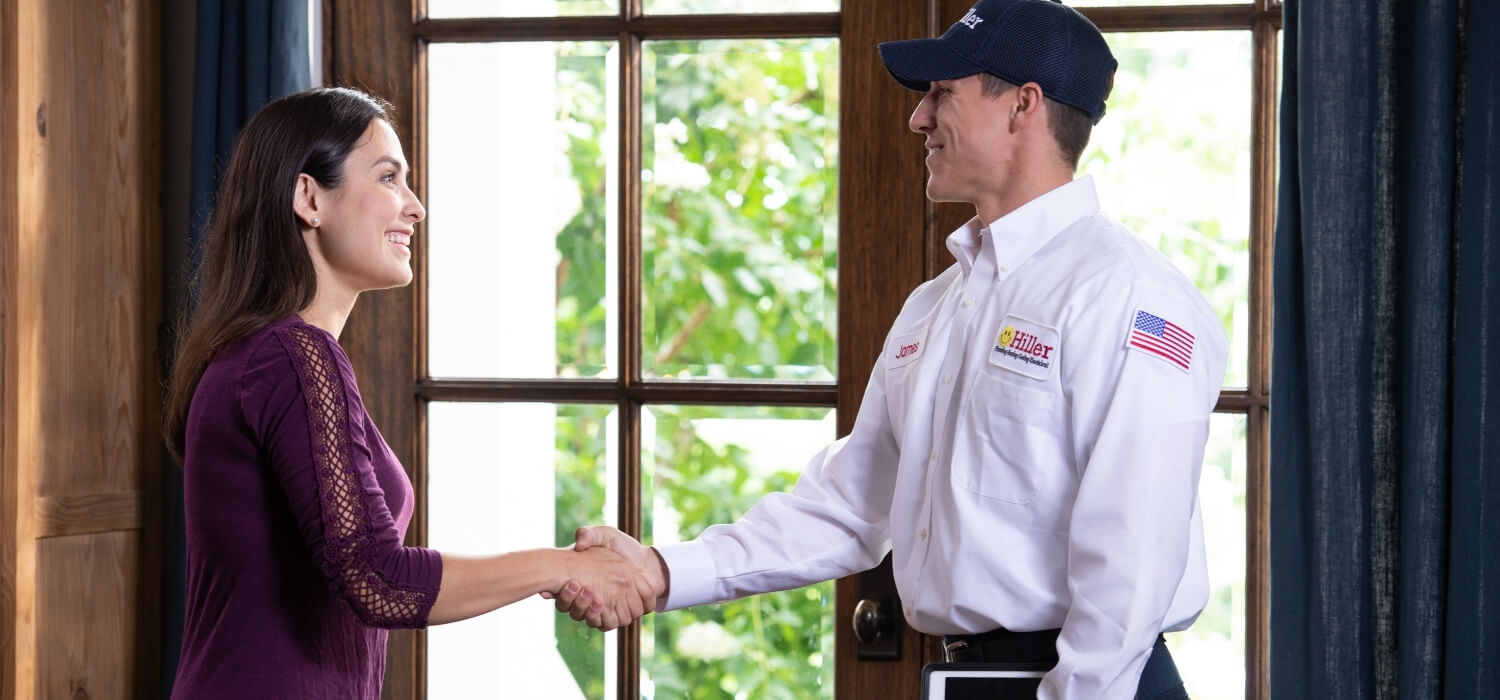
While it’s best to call the pros for plumbing repairs, many regular plumbing maintenance tasks are things you can do yourself. These simple care tasks keep your pipes, drains, and other plumbing components in good shape and often prevent major problems.
If you discover issues during your plumbing maintenance, request an appointment today to have one of our professional plumbers fix the problem.
 Daily Promotion
Daily Promotion
$500 Off Tankless Water Heater
Upgrade your comfort and give back this season.
Get Promotion